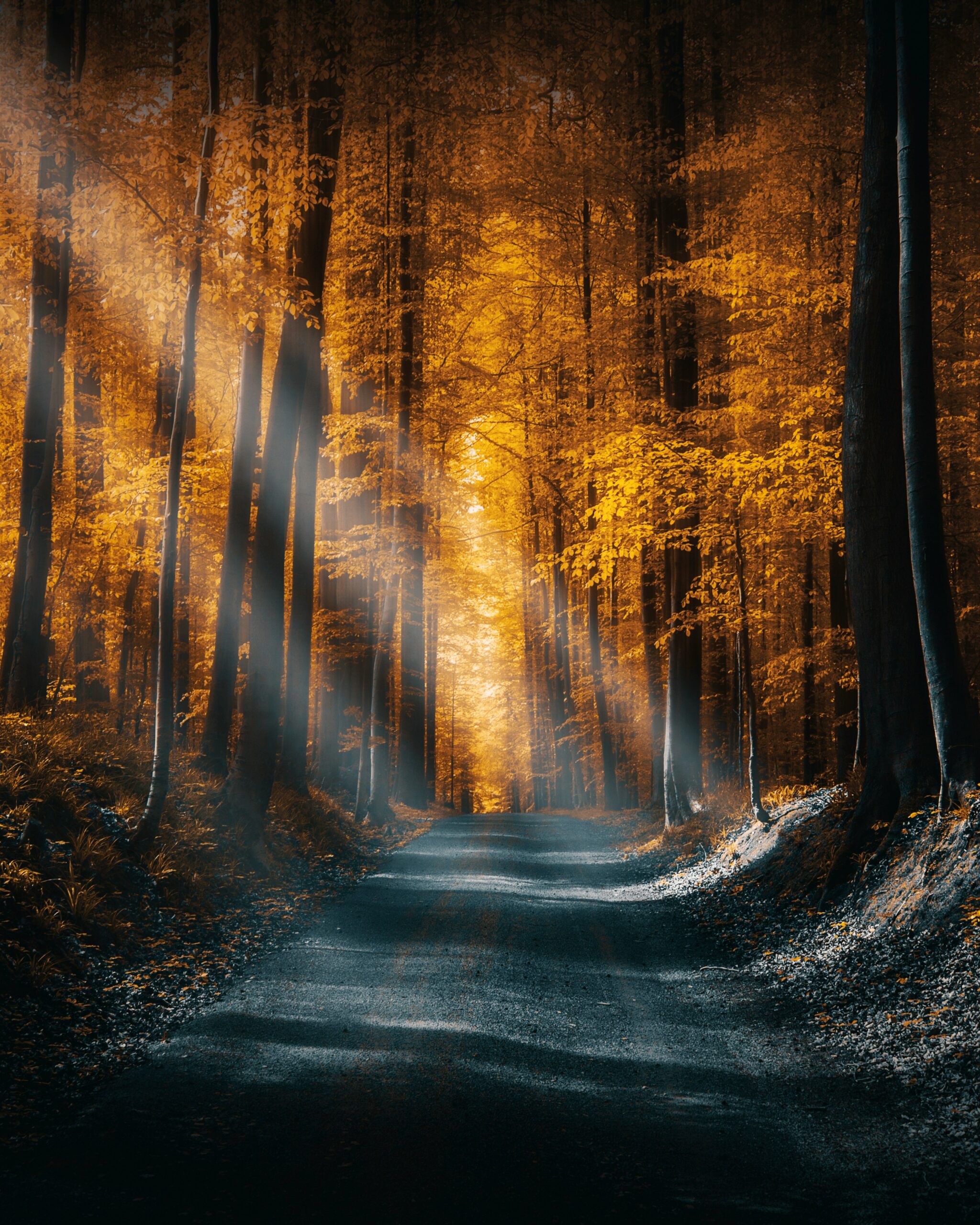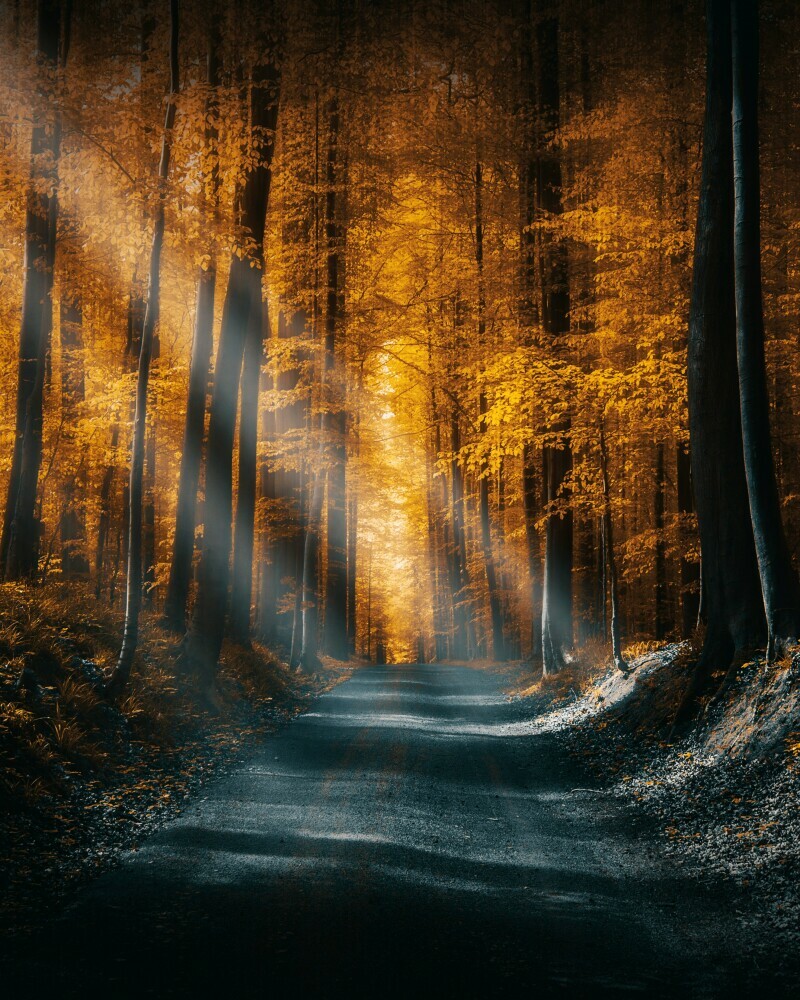 Eberhard 🖐 Grossgasteiger (2023) [Photograph] Unsplash
Eberhard 🖐 Grossgasteiger (2023) [Photograph] Unsplash
Photography is all about perspective. While standard shots can be beautiful, the unconventional angles and unique viewpoints genuinely set a photograph apart. This guide will explore techniques to help you capture unique photography angles and perspectives that will elevate your images and make them stand out.
Breaking the Rules: Unconventional Perspectives
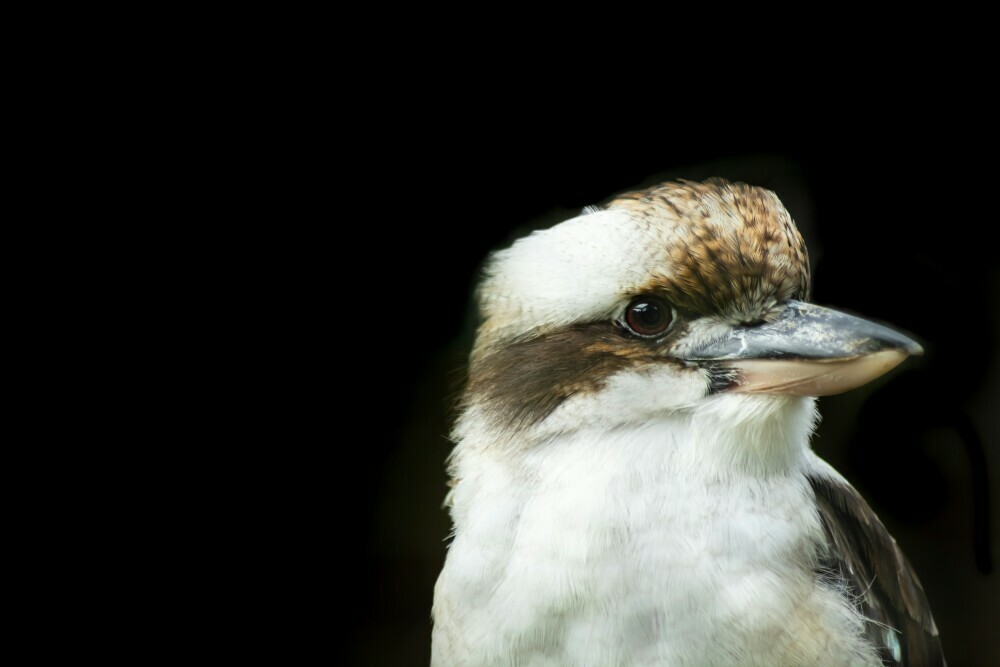 Anirban Banerjee (2022) [Photograph] Unsplash
Anirban Banerjee (2022) [Photograph] Unsplash
Often, the most striking photographs come from challenging conventional viewpoints. Here are some techniques to experiment with:
- Get Low: The Worm’s Eye View: Position your camera close to the ground and shoot upwards. This perspective can make subjects appear larger and more imposing while creating interesting geometric patterns.
- Reach for the Sky: The Bird’s Eye View: Get elevated to capture a scene from above. This can be achieved by using a drone, climbing a hill, or finding a high vantage point. A bird’s-eye view offers a unique perspective and can reveal hidden patterns or structures.
- Tilted Horizons: Breaking the Rules: Experiment with tilting your camera to create dynamic and off-kilter compositions. This can add a sense of movement and energy to your photos.
- Get Close and Personal: Macro Photography: Focus on the details by getting close to your subject. Macro photography reveals hidden worlds and textures, allowing you to capture stunning close-ups of nature, objects, or even people.
Incorporating Foreground Interest
 Simon Spring (2023) Rosenlaui, Schattenhalb, Schweiz [Photograph] Unsplash
Simon Spring (2023) Rosenlaui, Schattenhalb, Schweiz [Photograph] Unsplash
Using foreground elements can add depth and dimension to your photographs. Consider these techniques:
- Framing: To frame your subject, use natural elements like trees, arches, or windows. This creates a sense of enclosure and draws attention to the image’s focus.
- Leading Lines: Utilize lines in the environment, such as roads, rivers, or fences, to guide the viewer’s eye toward the main subject. Leading lines add depth and create a sense of movement in the photograph.
- Foreground Blur: A wide aperture can create a shallow depth of field, blurring the foreground and emphasizing the subject. This technique isolates the subject and adds a dreamy quality to the image.
Experiment with Reflections
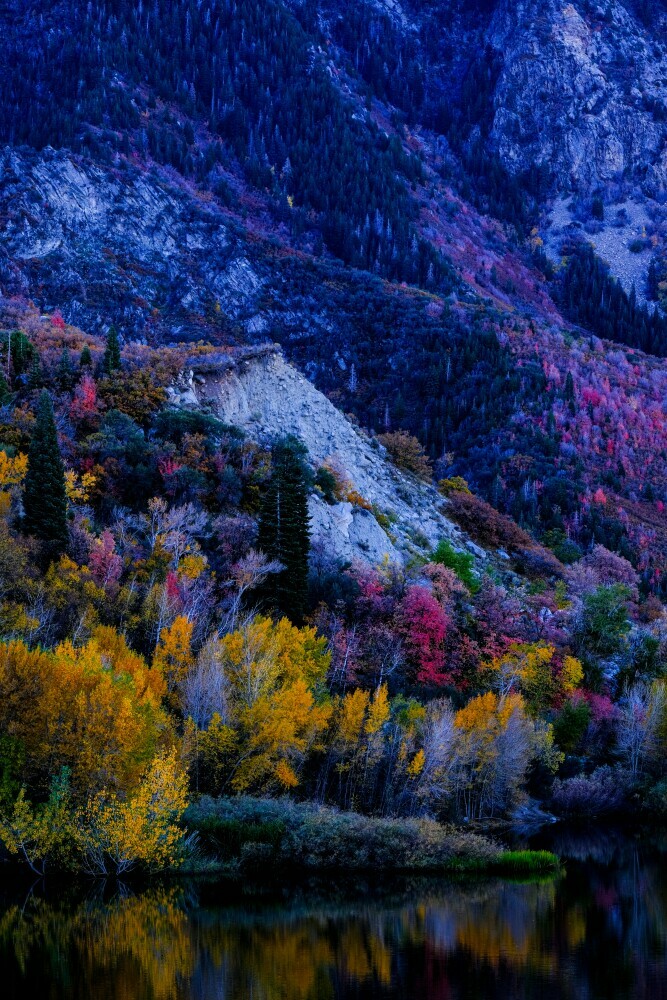 Sarah Sheedy (2023) Lower Bell Canyon Reservoir, Sandy, UT, USA [Photograph] Unsplash
Sarah Sheedy (2023) Lower Bell Canyon Reservoir, Sandy, UT, USA [Photograph] Unsplash
Reflections can add a layer of complexity and intrigue to your photographs. Look for opportunities to capture reflections in water, glass, or shiny surfaces.
- Water Reflections: Calm water bodies like lakes, ponds, or rivers can create stunning mirror images of the sky and surrounding environment.
- Window Reflections: Use reflections in windows to create layered and abstract compositions. Experiment with different angles and perspectives to capture exciting patterns and colors.
- Shiny Surfaces: Explore opportunities to capture reflections in metal objects, cars, or sunglasses. These can add a unique and unexpected element to your photos.
Leverage the Power of Light
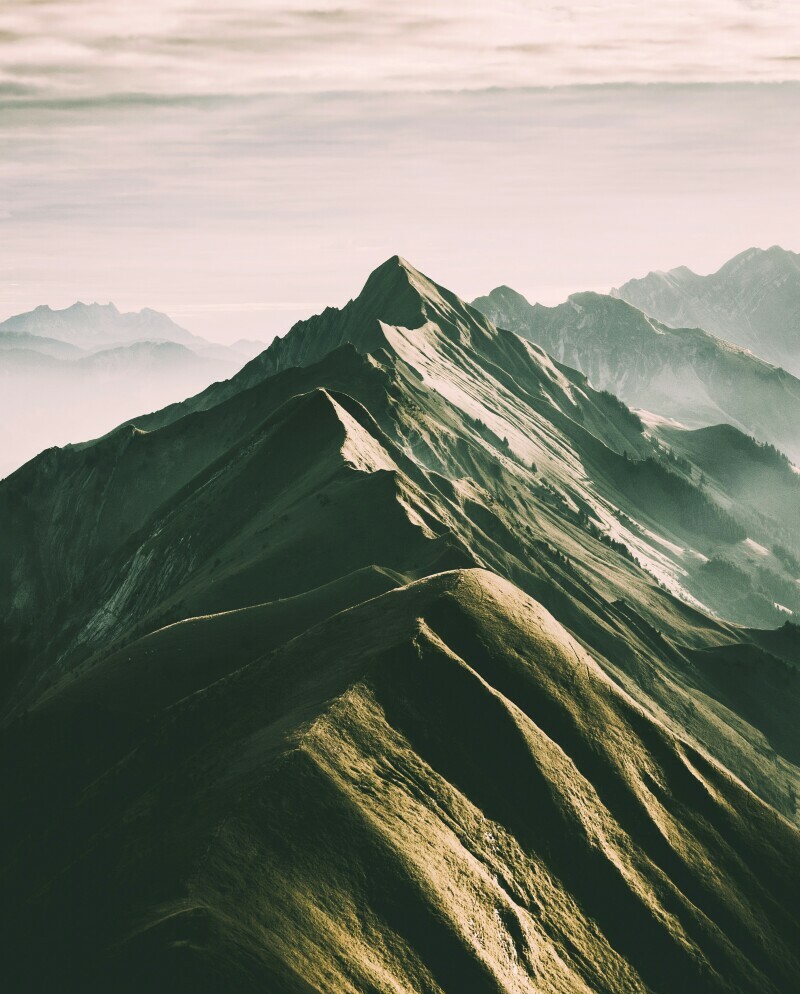 Etienne Bösiger (2017) Augstmatthorn, Oberried am Brienzersee, Switzerland [Photograph] Unsplash
Etienne Bösiger (2017) Augstmatthorn, Oberried am Brienzersee, Switzerland [Photograph] Unsplash
Light is a crucial element in photography. Experiment with different lighting conditions to create unique and dramatic images:
- Backlighting: Position your subject with the light source behind them, creating a silhouette effect and highlighting their outline.
- Side lighting: Use light from the side to create dramatic shadows and textures. This technique is particularly effective for portraits and landscapes.
- Golden Hour and Blue Hour: Use the soft, warm light of the golden hour (the hour after sunrise and before sunset) and the cool, blue tones of the blue hour (the hour after sunset and before complete darkness) to create captivating images.
By experimenting with these techniques and constantly pushing your creative boundaries, you’ll discover a world of possibilities for capturing unique and captivating photographs. Remember, the best way to improve your photography is to keep shooting and learning.
For additional blog posts, please visit:
https://northernlightsshuttertech.com/
(This post may contain affiliate links. If you make a purchase, I may receive a small commission at no cost. Thank you!)

